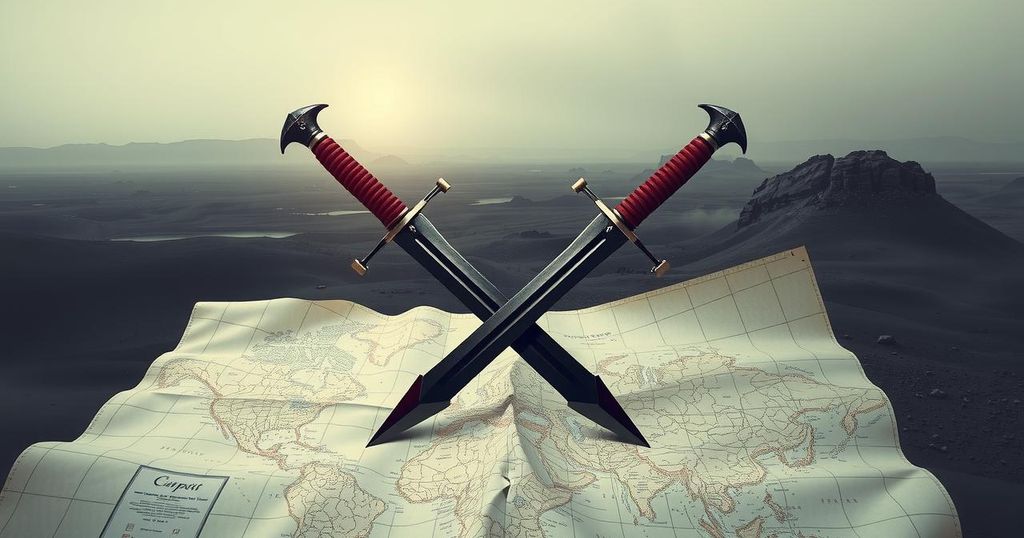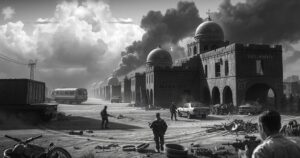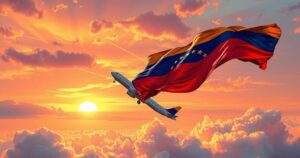North Korean Troops’ Role and Challenges in the Ukraine Conflict

North Korean troops have been fighting alongside Russian forces in the Kursk region, but reports indicate a decline in their presence due to heavy casualties. While they are better armed than typical Russian soldiers, they lack significant combat experience. Captured soldiers have shown varying desires regarding their futures, reflecting the dire situation they face on the battlefield.
After months of focus on the North Koreans fighting alongside Russian troops near the Ukraine border, there has been a notable silence regarding their involvement. It has been approximately three weeks since Ukraine last identified North Korean soldiers in Russia’s efforts to reclaim territory in the Kursk region after a Ukrainian incursion.
Russian forces have attempted to diminish Ukrainian control in Kursk. While there have been some advances, Ukrainian forces maintain key territories, including the critical town of Sudzha. Reports indicate that North Korea’s leader, Kim Jong Un, has dispatched around 12,000 troops to Russia, particularly to the Kursk area, with Ukrainian estimates suggesting that around half of these soldiers may have been killed or injured.
There are varying assessments regarding the effectiveness of North Korean troops; while they emerge from a militarized society, they reportedly lack real combat experience. Some analysts refer to them as “cannon fodder,” while others have described the soldiers as disciplined, physically fit, and proficient with their weapons. Reports also indicate that North Korea’s elite forces have been employed in wave assaults, likely resulting in high casualties.
According to Colonel Oleksandr Kindratenko, spokesperson for the Ukrainian Special Operations Forces, these troops possess limited experience with drone warfare, although they are capable of maneuvering quickly to avoid targeting from aerial vehicles. Ukrainian forces have captured at least two North Korean soldiers, with one expressing a desire to remain in Ukraine and the other wanting to return home.
Ukrainian special forces provided medical assistance to one captured North Korean soldier after a successful extraction from a battlefield. This operation faced substantial risk due to increased artillery fire from Russian forces. In fleeing, North Korean soldiers often displayed reluctance to be captured, with reports indicating some opted for suicide to avoid such a fate, likely prompted by fears for their families’ safety in North Korea.
Formerly positioned to hold strategic parts of Kursk, North Korean soldiers suffered considerable losses during assaults on Ukrainian lines. They frequently attacked through the same routes, leading to heavy casualties. According to Colonel Kindratenko, these fighters often eschewed protective gear to enhance mobility during assaults and typically carried minimal supplies, prioritizing ammunition in their backpacks.
Captured North Korean equipment indicates that they are often better armed than the standard Russian troops. Footage from reconnaissance drones suggests that they utilize modern weaponry, including upgraded AK-12 assault rifles, contrasting with older models used by many Russian soldiers. Despite the evident challenges faced by North Korean troops, the possibility remains for them to return to active combat after additional training.
The article discusses the involvement of North Korean troops in the ongoing conflict between Russia and Ukraine. It highlights North Korea’s military contributions and the challenges faced by their soldiers on the battlefield. The piece outlines the strategic significance of these troops as allied forces and the implications of their combat experiences amid the conflict’s evolving landscape.
In summary, North Korean soldiers have demonstrated both capabilities and limitations as part of Russian military efforts in Ukraine. Their lack of combat experience, coupled with high casualty rates, raises questions about their role and effectiveness. With reports of soldiers choosing death over capture, the dynamics within this conflict are complex and warrant further attention regarding their future involvement and strategy adjustments.
Original Source: www.newsweek.com






